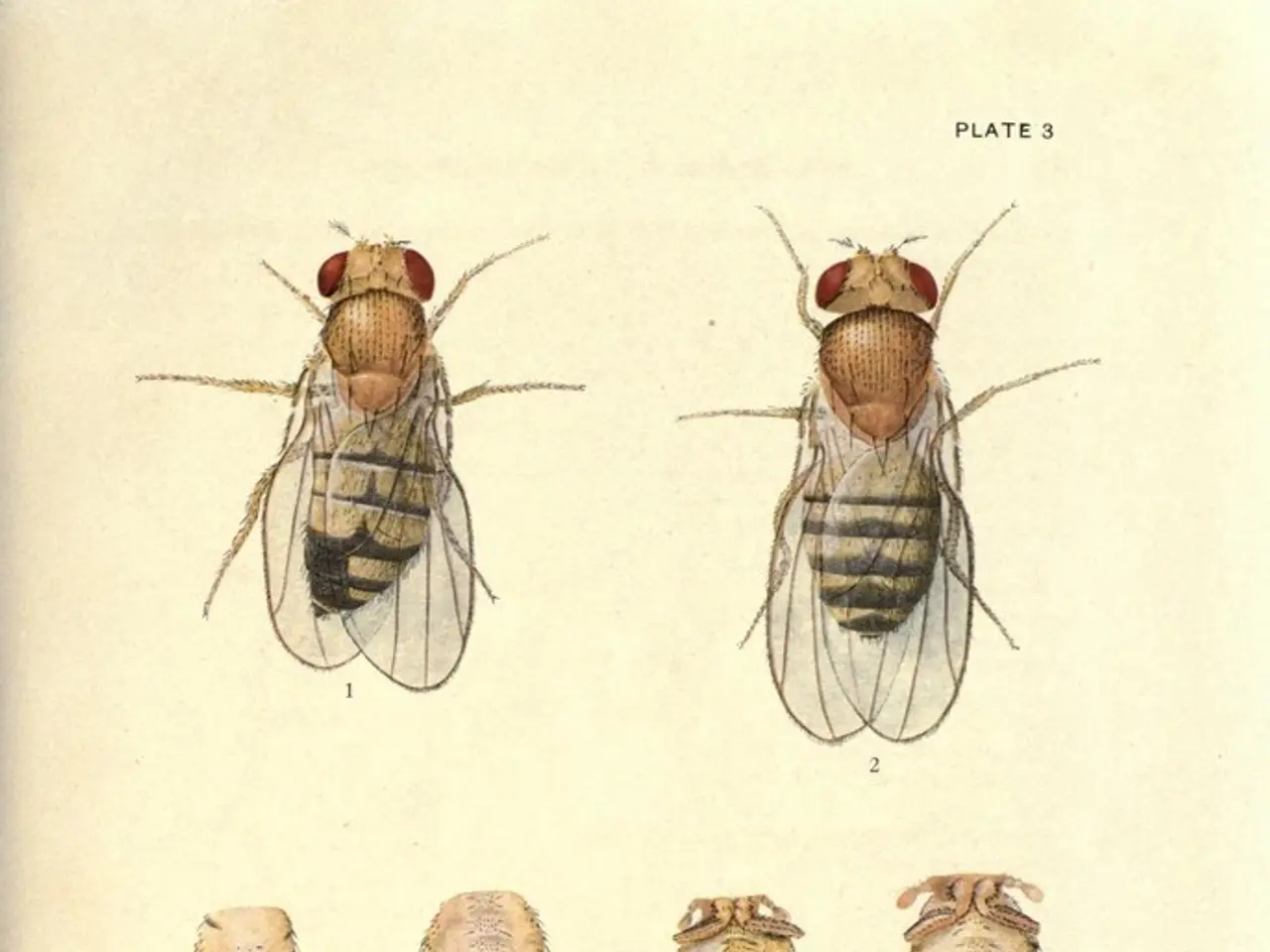Understanding Insect Sting Hypersensitivity: Reactions Beyond Normal
Insect sting allergy symptoms can be a potentially life-threatening condition for some individuals. These allergies develop after a person has been stung, and their immune system mistakenly identifies the venom as a harmful substance, leading to sensitization.
Allergen Immunotherapy, a treatment that gradually desensitizes the immune system to allergens, can help reduce the severity of insect sting allergies over time. However, it is essential to consult with an allergist for proper testing and diagnosis, which may include skin or blood tests.
For those with a history of severe reactions, carrying an epinephrine auto-injector (EpiPen) is essential in case of a sting. Developing an emergency action plan, including instructions on how to use an epinephrine auto-injector, contact information for healthcare providers, and steps to take in case of a sting, is crucial.
Preventive measures include learning how to avoid stings by being cautious in areas where these insects are prevalent. Understanding the types of insects that may pose a risk, such as bees, wasps, fire ants, and hornets, is vital for avoiding stings. Staying away from areas where insects are likely to nest, such as gardens, trash cans, and picnic areas, can help minimize the chances of experiencing an allergic reaction.
Keeping food covered when eating outdoors, as sweet foods can attract bees and wasps, is another preventive measure. Wearing protective clothing, like long sleeves, pants, and closed-toe shoes, and using insect repellents containing DEET or picaridin can help deter insects when outdoors.
Regions most frequently affected by insect sting allergies are tropical and subtropical areas such as the Amazon region (including countries like Brazil, Bolivia, Colombia, Peru, and Cuba) due to the presence of viruses like the Oropouche virus transmitted by mosquitoes. Additionally, parts of southern Europe like northern Italy and southern France are increasingly affected by the Asian tiger mosquito, which transmits diseases like Chikungunya.
Educating yourself about symptoms of allergic reactions, available treatments, and advancements in allergy treatments can help you stay informed and manage your condition effectively. Common symptoms of insect sting allergies include local reactions (swelling, redness, pain at the sting site), systemic reactions (hives, itching, swelling away from the sting site), and anaphylaxis (difficulty breathing, rapid heartbeat, loss of consciousness).
In case of anaphylaxis, which is a severe, life-threatening reaction that requires immediate medical attention, regular inspections, sealing entry points, and hiring pest control services can help maintain a safe environment at home and in the garden.
Lastly, informing friends and family about your allergy and wearing a medical alert bracelet that indicates your allergy status can help ensure safety in social situations. For more information on managing allergies and finding evidence-based health answers, consider visiting an AI health platform. Practicing mindfulness techniques, staying informed about the types of insects in your area, and regular visits to an allergist can help you stay calm and manage anxiety in insect-prone areas.
Read also:
- Parliamentary Meetings in the Federal Diet of Germany this Week
- Startupopportunities available at the European Health Congress; submissions accepted for potential collaborations
- Lockdowns fuel COVID-19 threat perception, according to recent research in the UK
- Wheat in current times contains lower levels of essential nutrients





